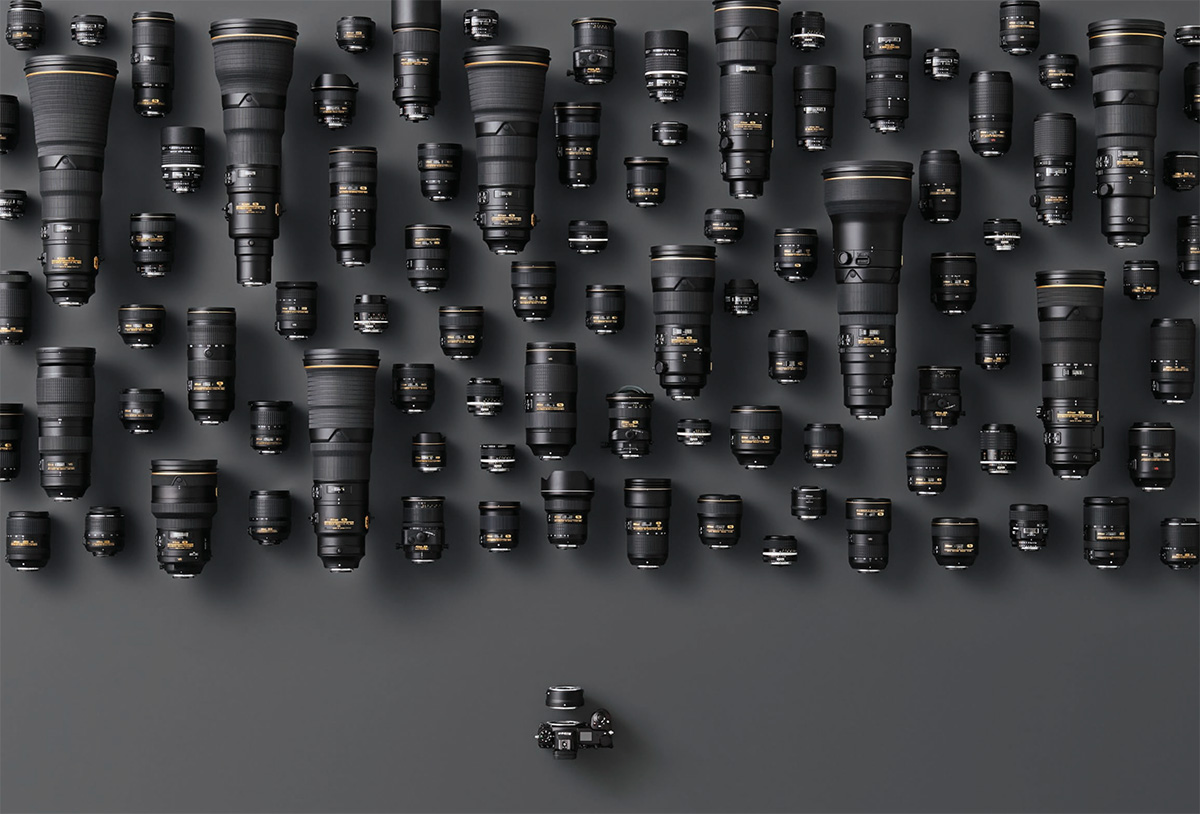"...The company will focus on high-end lenses domestically and make the factory more resistant to fluctuations in demand by being able to flexibly change production items...."
Nikon are obviously confident in sustained demand for their Z Nikkors, even after these heady times of the DSLR>Mirrorless Transition.
The CEO of Sigma commented on the possible trends of the optics market [
emphasis added]:
"Last year was not so bad," he says, when asked about the state of the market: "It looks like the trend of the shrinking market has hit the bottom." But he suggests this may not continue: "
For the time being, many photographers are now switching from DSLR to mirrorless, which will sustain the market. However, after they switch to mirrorless cameras, I worry that the market could shrink in the coming years."
"All camera and lens manufacturers have to be innovative," says Sigma CEO Kazuto Yamaki, but "technology competition among manufacturers may not always be beneficial to customers... some other specifications might be more important."

www.dpreview.com
Glass has always had a very high margin content providing the major bottom line contribution, usually we see around 5 or so lenses sold to every camera body sold.
From a investors perspective and some forward thinking i am guessing glass can be made more universal as have Tamron and Sigma done for years, they have also been a PRICE security defense wall for Nikon Canon Sony glass.
Colour management is critical be it cameras or glass, different colours appeal to different people, how to offer that diverse colour range needs can be seen in different brands of lenses and cameras, you have Sony, Canon Nikon, Fuji, Sigma Tamron, it seems all bases are covered, what do they have in common, there all Japanese and collectively dominate the global industry, is there a industry alliance, who knows.
Tamron and Sigma may be growth effected- vulnerable first if the lower priced products coming out of China keep coming and no doubt getting better, a welcomed thing for so many people, not everyone needs exotic needle sharp gear. Box shifter major retailers will keep pushing these lines, they will secure market share with unit sales or obtaining greater margins for higher end brands, all a bit like the supermarket industry. Will Nikon Canon Sony ever go full retail directly, watch this space.
Currently i sense Nikon Canon Sony are moving up stream, Tamron and Sigma will need to shift further up stream as well as the tide of new technology and budget products keeps getting higher.
In Ways Fuji is in a innovative league of its own, my opinion only. Fuji is a highly underrated innovative product line, their key is excellent colour management and they defiantly make excellent glass. Small Light compact savvy products to affordable MF.
It seems Glass and Colour management is the life raft so to speak,
we say date the camera marry the glass don't we LOL.
Nikon taking up a new manufacturing facility has many other reasons behind it as well.
We know RED is part of the longer term Nikon strategic plan for cameras, optics as well as entering the overall higher end video product market.
The big three players seem to be shifting from higher unit volume with lower price points to lower volume higher price point, to achieve this you need to offer quality innovation Niche products that work.
Nikon is predominately an optics company.
Camera bodies as a pool is becoming very competitive if your not a savvy software orientated company its going to be a tough gig.
Camera bodies are essentially becoming more like lap tops, phones I Pads full of feature buzz rich tech savvy things like Apps presets customizable software and auto features that are impressive and in many cases make traditional skill sets some what obsolete.
The growth market in cameras seems to be involved around Ai, phones, drones, Go Pro products, and
above all VIDEO,
Nikon focusing on and investing in new upstream optics manufacturing facilities complimented with excellent colour management, that combination will be hard to attack.
Only an opinion

 nikonrumors.com
nikonrumors.com

 nikonrumors.com
nikonrumors.com


